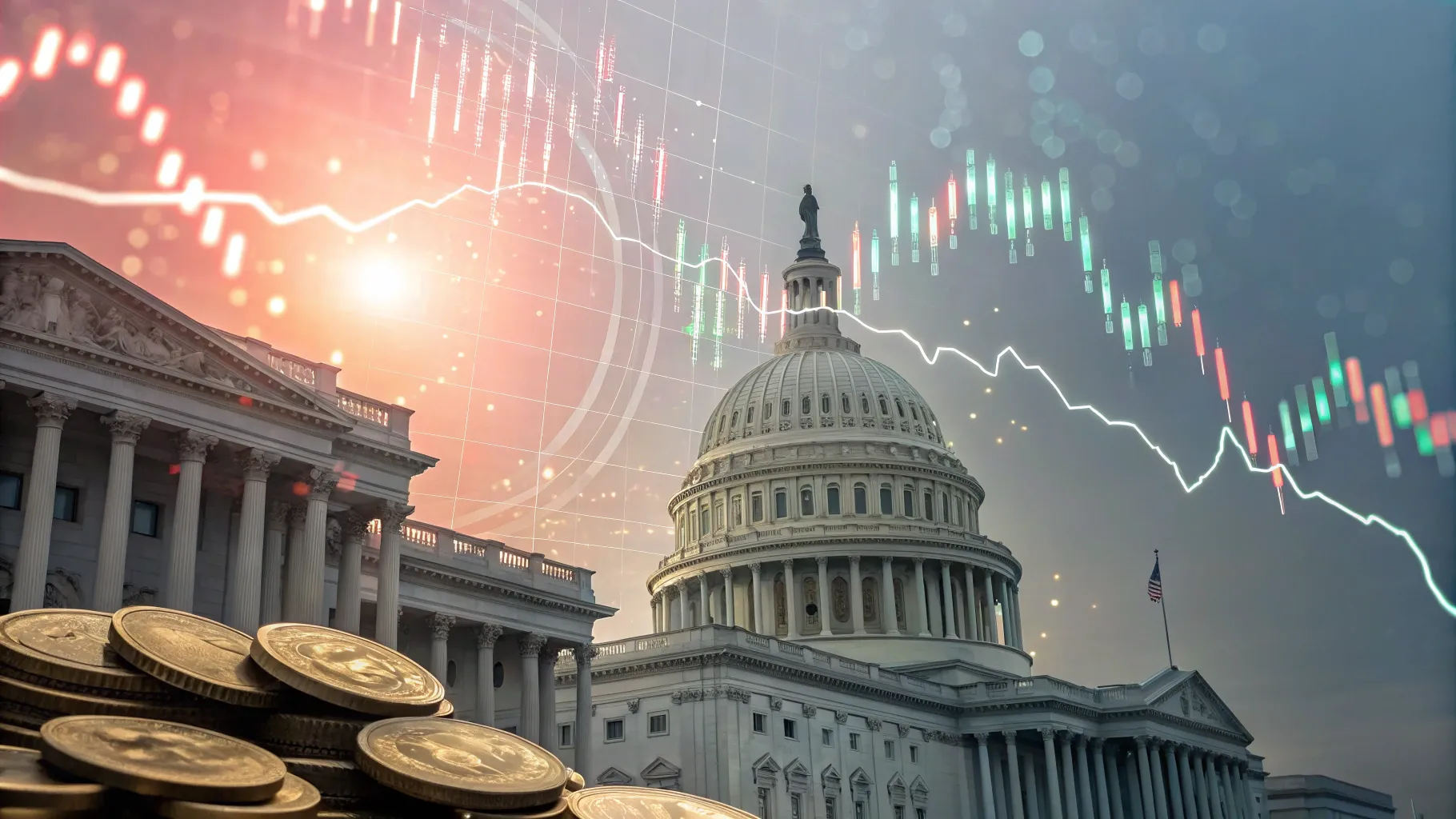May 16, 2025
What Is Cryptocurrency? Start Here!
Welcome to a fresh and fun journey into the world of cryptocurrency, where digital money flows in exciting new ways. This article, inspired by insights from Dr. Funky, unpacks the basics of cryptocurrency, explains the magic behind blockchain technology, explores the differences between centralized and decentralized exchanges, and breaks down what really drives the price of cryptocurrencies. Whether you’re a complete beginner or just looking for a clearer understanding, this guide will set you on the right path to grasping the fundamentals of this revolutionary digital asset class.

Understanding Cryptocurrency: The New Digital Money
Cryptocurrency is a form of money that exists entirely in the digital realm. Unlike traditional cash or coins, cryptocurrencies like Bitcoin or Ethereum don’t have physical forms. Instead, they live on computers and networks around the world. This new form of currency challenges our conventional understanding of money by being decentralized, digital, and secured by cryptography.
At its core, cryptocurrency is a type of digital asset designed to work as a medium of exchange. It uses cryptography to secure and verify transactions as well as to control the creation of new units. This cryptographic security is what gives cryptocurrency its name and also its resistant nature against fraud and counterfeiting.

How Does Cryptocurrency Work?
One of the most fascinating aspects of cryptocurrency is how it operates and maintains security without relying on a central authority like a bank or government. The answer lies in a technology called blockchain.
The Blockchain: A Giant, Tamper-Resistant Ledger
Imagine a ledger—a book that keeps track of all transactions. Now imagine this ledger is not stored in one place but copied thousands of times across computers worldwide. Each copy is identical, and any new transaction must be verified and added to all copies simultaneously.
This ledger is called the blockchain. It’s a public, tamper-resistant database where every transaction ever made is recorded in blocks. Each block contains multiple transactions and is cryptographically linked to the previous block, forming a chain—hence the name blockchain.
Why is this so secure? Because to alter a single transaction in a block, you’d need to change every copy of that block across all those computers simultaneously. This is practically impossible due to the sheer number of copies and the speed at which changes would be detected. The blockchain’s design makes it almost impossible for anyone to manipulate past transaction data without being noticed.

Centralized vs. Decentralized Exchanges: Where to Buy and Sell Crypto?
When it comes to buying, selling, or trading cryptocurrencies, people often wonder about the difference between centralized and decentralized exchanges. This choice can significantly affect how you control and protect your assets.
Centralized Exchanges: Convenience with Trust
Centralized exchanges like Coinbase act as middlemen. They hold your funds and manage trades on your behalf. This setup offers convenience, user-friendly interfaces, and customer support. However, it means you have to trust the exchange to keep your assets safe. If the exchange is hacked or mismanages funds, you could lose your money.
Decentralized Exchanges: You Control Your Assets
Decentralized exchanges (DEXs) work differently. They allow you to trade directly from your own wallet without any middleman. This means you retain full control over your assets and transactions. No company can freeze your funds or charge extra fees arbitrarily. Privacy is enhanced because you don't have to provide personal information to a central authority.
Many crypto enthusiasts prefer DEXs for this reason: control, privacy, and reduced counterparty risk. However, decentralized exchanges may be less intuitive for beginners and sometimes have lower liquidity compared to centralized platforms.

What Drives Cryptocurrency Prices?
The price of cryptocurrencies like Bitcoin and Ethereum is constantly shifting, often dramatically. But what exactly causes these fluctuations? At the core, it’s the classic economic principle of supply and demand.
Supply and Demand Basics
If more people want to buy a cryptocurrency than sell it, the price will rise. Conversely, if more people want to sell than buy, the price falls. This dynamic works just like any other asset market—stocks, commodities, or real estate.
Cryptocurrency markets are particularly sensitive to sentiment and external factors, which can amplify price swings. For example, media hype around a coin can attract a surge of buyers, pushing prices up rapidly. On the other hand, news about regulatory crackdowns can cause panic selling and price drops.
The Impact of Market Events and Regulations
Crypto markets react quickly to global events and regulatory announcements. Because the market is still relatively young and less regulated than traditional finance, it can be more volatile.
- Media Hype: Positive news stories or celebrity endorsements can spike interest and prices.
- Regulatory Actions: Announcements from governments about crypto laws or bans often lead to sharp price changes.
- Technological Developments: Upgrades or forks in blockchain networks can influence investor confidence.
Think of cryptocurrency prices like a “mood ring” that reflects collective investor emotions and reactions to the world around them.

Key Takeaways: Your Crypto Starter Pack
To summarize the essentials:
- Blockchain technology is the backbone of cryptocurrency, providing a secure, transparent, and tamper-resistant way to record transactions.
- Decentralized exchanges empower users by giving them control over their own assets without relying on middlemen, enhancing privacy and security.
- Cryptocurrency prices are driven by supply and demand, influenced heavily by market sentiment, media, regulations, and global events.
Understanding these basics is crucial before diving deeper into the crypto space. Next, we’ll explore how crypto wallets work—how you store your coins safely, manage private keys, and make transactions securely.

Why This Matters
Cryptocurrency is more than just a buzzword; it represents a new paradigm in how we think about money, ownership, and trust. As digital assets continue to grow in popularity and adoption, knowing how they work and what influences their value can help you make informed decisions, whether you’re investing, trading, or simply curious.
Remember, cryptocurrency markets are highly volatile and unregulated. Always do your own research and consult professionals before making financial decisions. While crypto offers exciting opportunities, it also comes with risks that should not be overlooked.

Looking Ahead: What’s Next in Crypto?
The journey into cryptocurrency doesn’t stop here. There’s a whole ecosystem to explore, from how wallets operate to the nuances of mining, staking, and decentralized finance (DeFi). Each topic adds layers of understanding and opens up new possibilities for engagement with this innovative technology.
Stay tuned for the next installment, where we will delve into crypto wallets—what they are, how to use them, and best practices for keeping your digital assets safe in a fast-evolving landscape.
Until then, keep your curiosity flowing and your knowledge growing. The future of money is digital, and it’s an exciting ride to be part of!
Youtube Vide: https://youtu.be/pZMXQc7AFeg